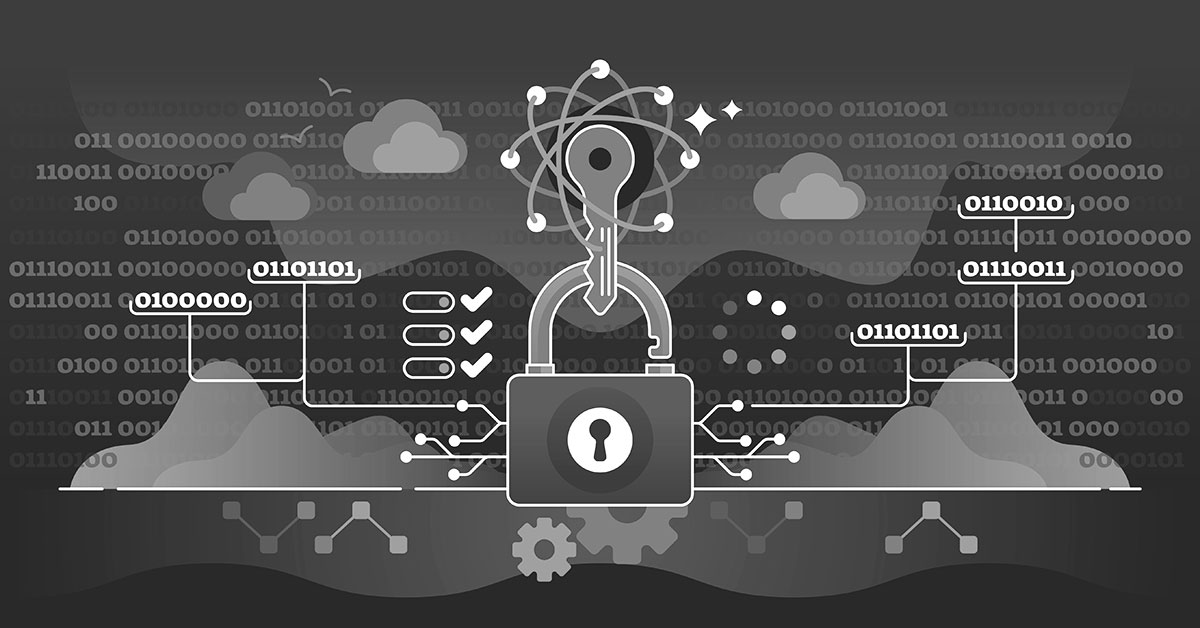
In this era shaped by digital innovation, the concept of Secure by Design is a critical safeguard against cyber threats. Read on to delve into the essence of Secure by Design and its profound relevance in today's technology landscape. As cyberattacks grow more sophisticated, comprehending the proactive principles behind secure design is paramount to ensuring a resilient and protected digital future.
Defining Secure by Design
Secure by Design embodies a strategic approach to building digital systems and products with security as their foundational cornerstone. At its core, it emphasizes preemptive security measures, integrating them into every stage of development, from inception to deployment. This proactive stance identifies and mitigates vulnerabilities early, minimizing risks and fortifying the digital infrastructure. Secure by Design is the blueprint for creating resilient and trustworthy technology solutions in our interconnected world.
The Principles of Secure by Design
Secure by Design adheres to a set of principles that shape its core philosophy:
Firstly, it champions a proactive approach to security, prioritizing prevention over reaction. This means anticipating potential threats and vulnerabilities rather than waiting for them to emerge.
Secondly, Secure by Design advocates for the integration of security at every stage of development. From initial planning to design, coding, testing, and deployment, security measures are woven into the fabric of the project, reducing the likelihood of vulnerabilities slipping through the cracks.
Thirdly, it emphasizes threat modeling and risk assessment. Developers identify potential risks and vulnerabilities early, enabling targeted mitigation efforts.
Lastly, Secure by Design embodies a culture of continuous monitoring and improvement. Security is not a one-time endeavor but an ongoing commitment to staying ahead of evolving threats. These principles collectively ensure that security is not an afterthought but a foundational element of any technology venture, promoting a safer digital ecosystem.
Benefits of Secure by Design
Adopting Secure by Design principles offers many advantages in an increasingly interconnected and digitized world. Firstly, it significantly reduces vulnerabilities and security risks by proactively identifying and addressing potential threats during development.
Moreover, it fosters cost-effective security measures. Addressing security issues early in the development cycle is often more economical than fixing vulnerabilities after deployment.
Secure by Design enhances user trust and reputation. When customers know that security is a top priority, they are more likely to trust and engage with digital products and services, improving brand reputation and customer loyalty. In essence, Secure by Design safeguards against cyber threats and bolsters the overall strength and success of technology initiatives.
Implementing Secure by Design
Training and Awareness
Creating a culture of security awareness is paramount. This begins with comprehensive training programs that equip teams with the knowledge and skills to identify and address potential vulnerabilities.
Collaborative Development Practices
Fostering collaboration among cross-functional teams is essential. Encouraging open communication between developers, security experts, and other stakeholders ensures that security considerations are integrated into every project phase.
Utilizing Security Tools and Technologies
Leveraging specialized security tools and technologies streamlines the implementation of Secure by Design. Solutions like code analysis tools, penetration testing, and security monitoring software are invaluable for identifying and mitigating security threats.
By combining these elements, organizations can effectively implement Secure by Design, fortifying their digital solutions against cyber threats and establishing a robust security foundation.
Challenges and Considerations
While Secure by Design offers a proactive approach to cybersecurity, it's not without its challenges and important considerations.
One common challenge is the misconception that security can be added as an afterthought. Retrofitting security measures onto existing systems can be complex and costly, and achieving a cultural shift towards security awareness can be daunting. Organizations may resist change or underestimate the significance of early security integration.
Another consideration is the ever-evolving threat landscape. New vulnerabilities and attack vectors constantly emerge, demanding continuous vigilance and adaptation. Of course, balancing security with usability is also crucial. Overly restrictive security measures can hinder user experience, so finding the right balance is essential.
Addressing these challenges and considerations is integral to successfully implementing Secure by Design principles and ensuring the long-term security of digital systems.
Securing the Future
Secure by Design is not just a concept; it's a mindset that encapsulates the future of digital security. Embracing proactive security measures, integrating them at every stage, and fostering a security-aware culture are pivotal steps in safeguarding our increasingly interconnected world.
By implementing Secure by Design, organizations can significantly reduce vulnerabilities, minimize security risks, and enhance user trust and reputation. It's also a cost-effective approach that ultimately leads to stronger and more resilient digital solutions.
Navigating an evolving threat landscape, Secure by Design stands as a beacon of security, guiding us towards a safer and more secure digital future where trust, reliability, and resilience are paramount.
Editor’s Note: The opinions expressed in this and other guest author articles are solely those of the contributor, and do not necessarily reflect those of Tripwire.
Mastering Security Configuration Management
Master Security Configuration Management with Tripwire's guide on best practices. This resource explores SCM's role in modern cybersecurity, reducing the attack surface and achieving compliance with regulations. Gain practical insights for using SCM effectively in various environments.

